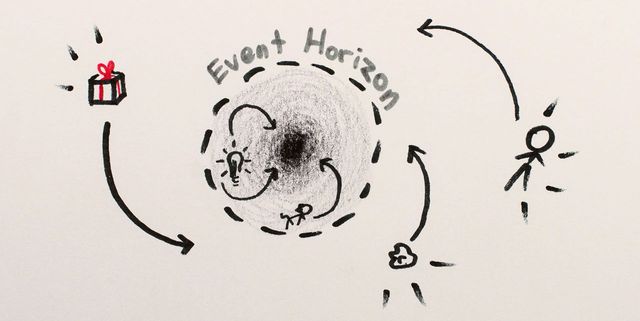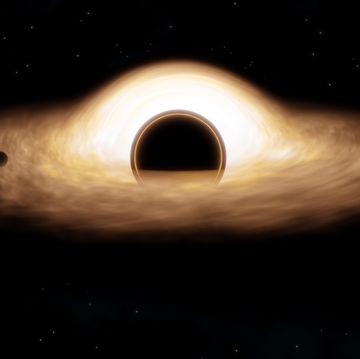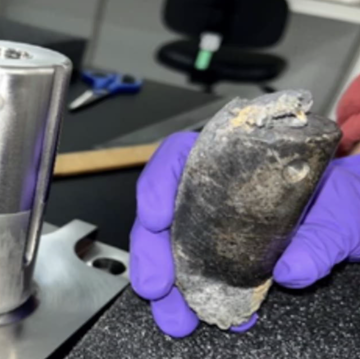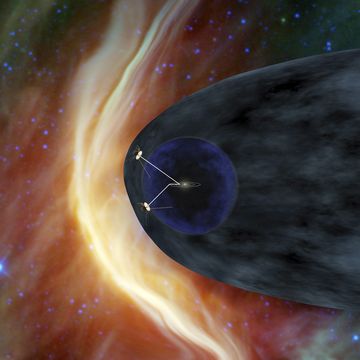Albert Einstein's famous equation, E = mc2, has nearly infinite applications in physics. But one of its most obvious ramifications is that even a small amount of mass can produce a huge amount of energy. The example given in this video from MinutePhysics is that a cat, if it's energy was fully extracted, could power the country of Norway for a year. Unfortunately, things aren't that simple.
In reality, it's extremely hard to extract energy from mass. There are a few methods to go about this, but even those that seem extremely powerful to us, such as nuclear fission or fusion, still only convert a tiny amount of the potential energy of mass (.08% and .7%, respectively).
Other than using antimatter, which is extremely rare in the universe, the most efficient way to go about extracting energy from mass is to drop the mass into a black hole. Black holes are extremely tiny, yet contain an incredible gravitational force. That means that when objects enter their orbit, they speed up faster and faster as they fall into the hole. Think about a meteor entering the Earth's atmosphere--it burns as it speeds up upon entry, releasing its energy. Now imagine that object traveling exponentially faster, releasing it's energy into the universe before it falls into a black hole forever.
Using this method with a non-rotating black hole, 6% of an object's mass will be converted into energy. But we can do better. With rotating black holes, which bend the fabric of space time, objects can orbit much closer to the event horizon before falling in, therefore releasing more of their energy--up to 42%.
None of this means much to us here on Earth, where we're stuck using inefficient methods like nuclear fission to release energy from matter. But maybe some alien species out there has already managed to harness this energy, and fuel their civilization solely off the energy produced by black holes.
Source: minutephysics













